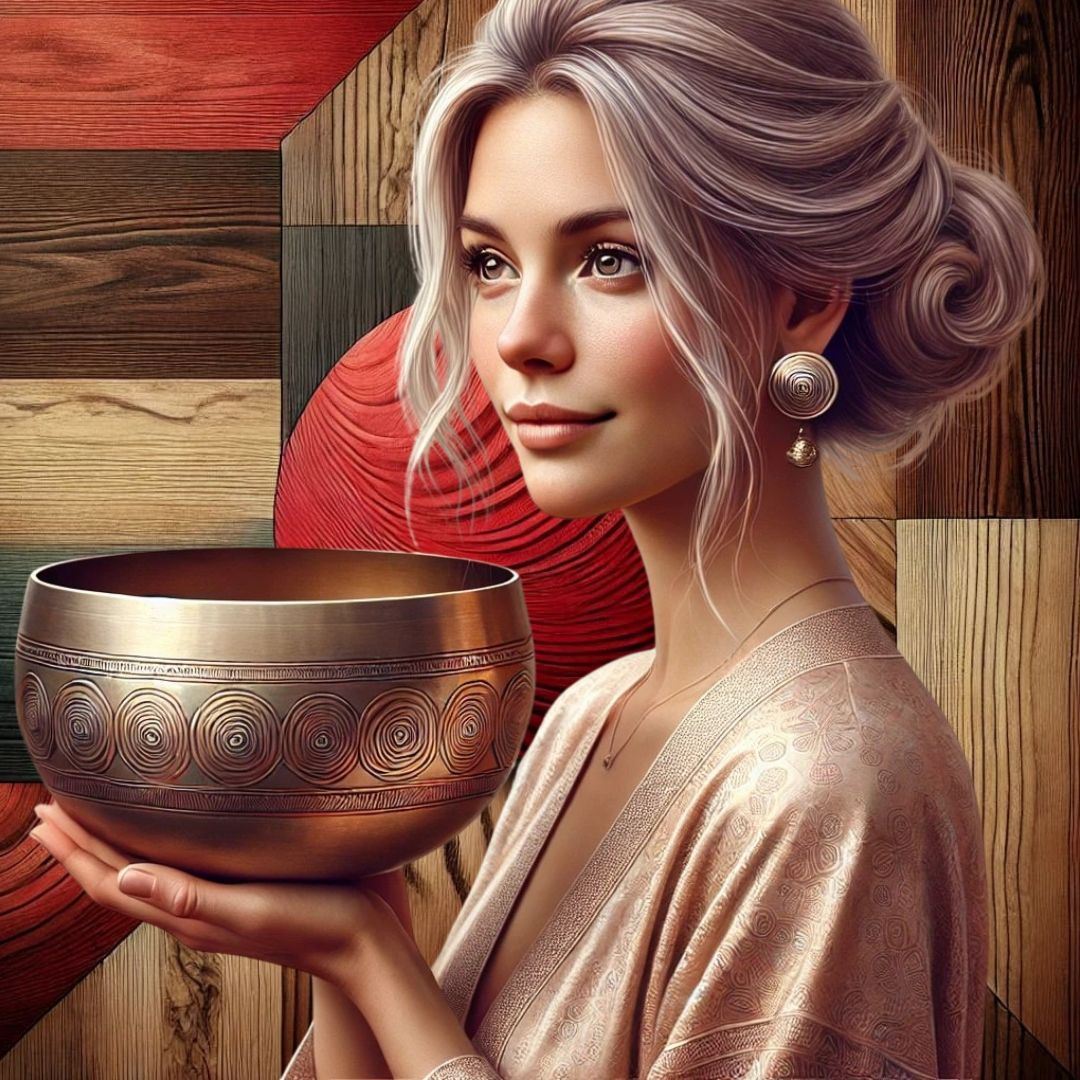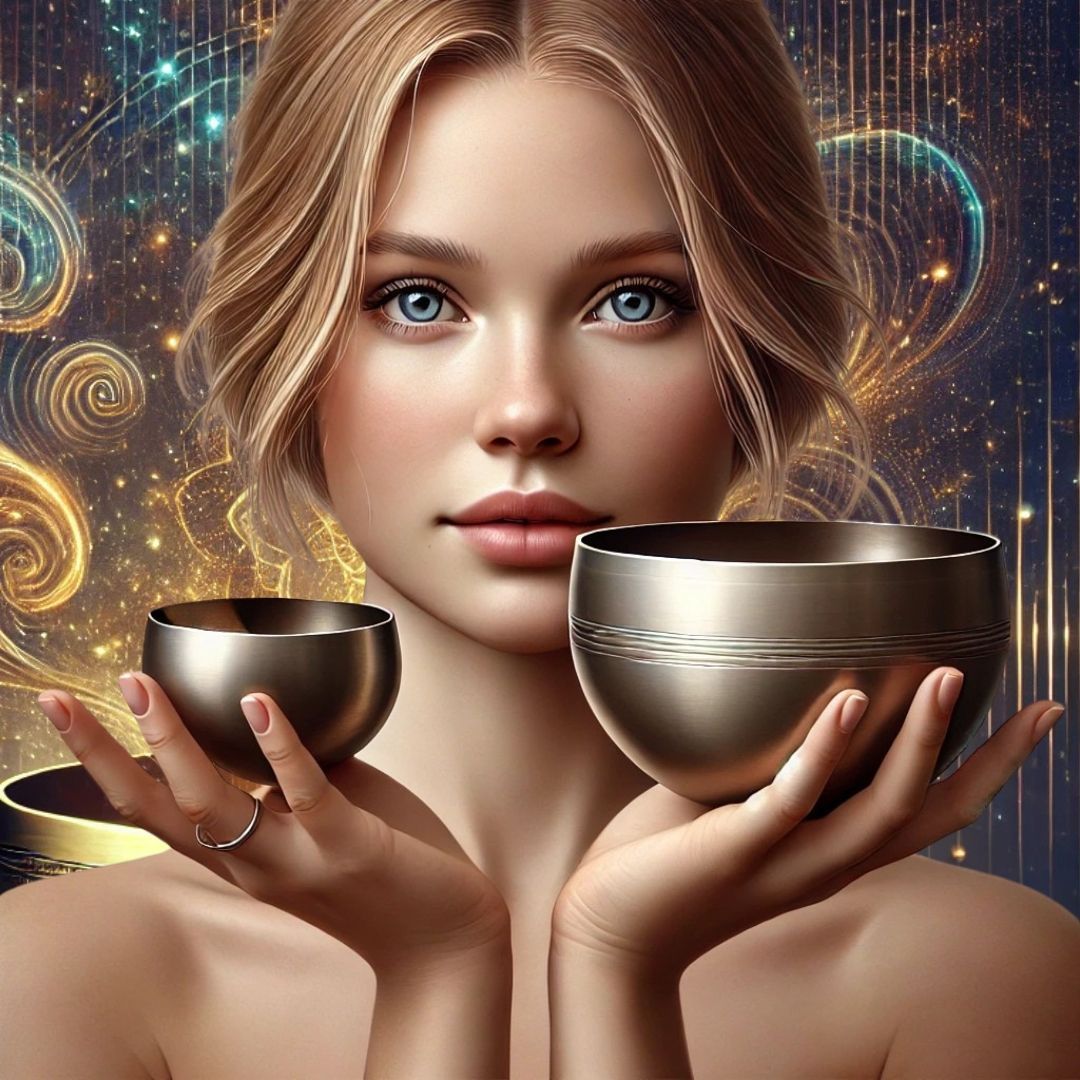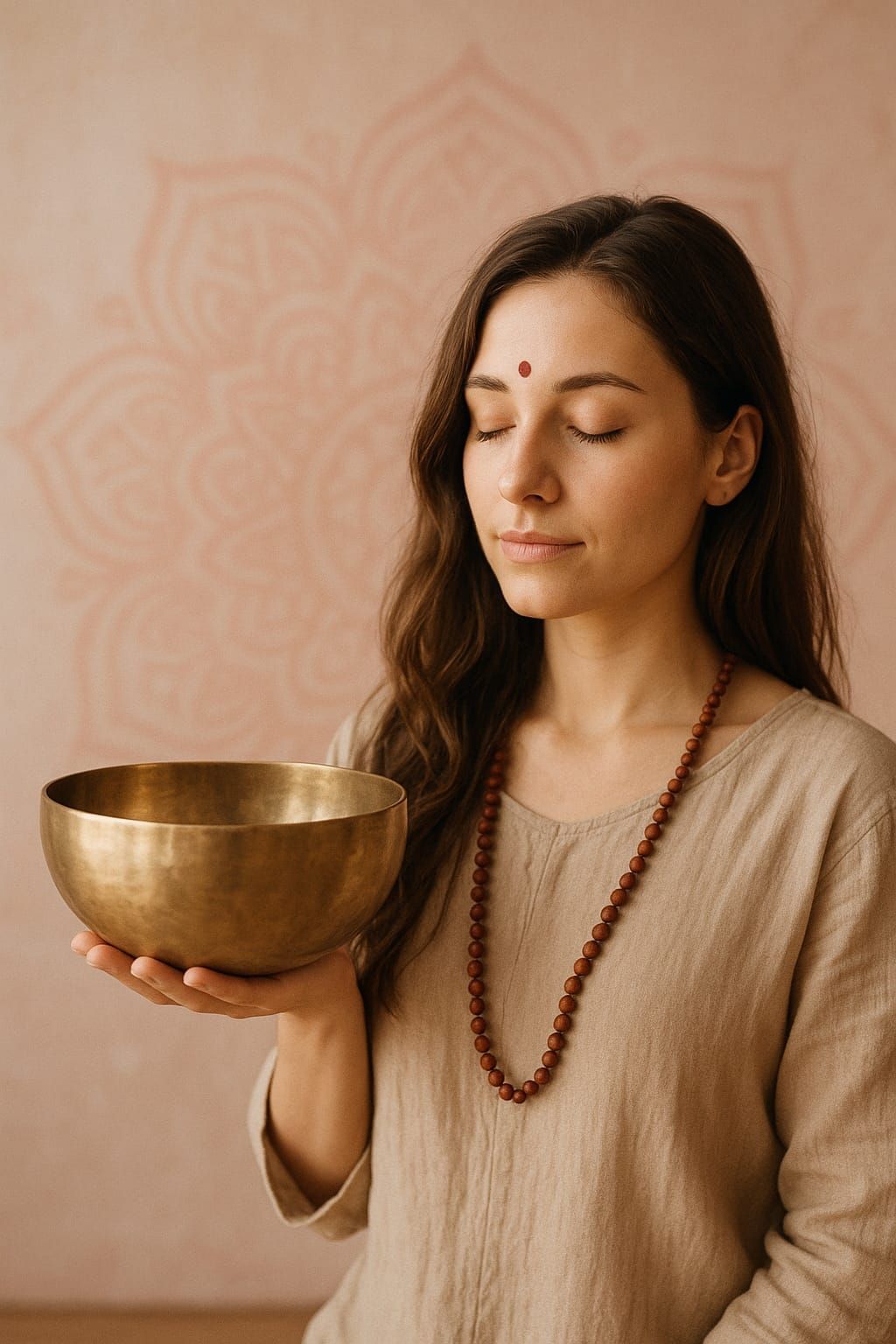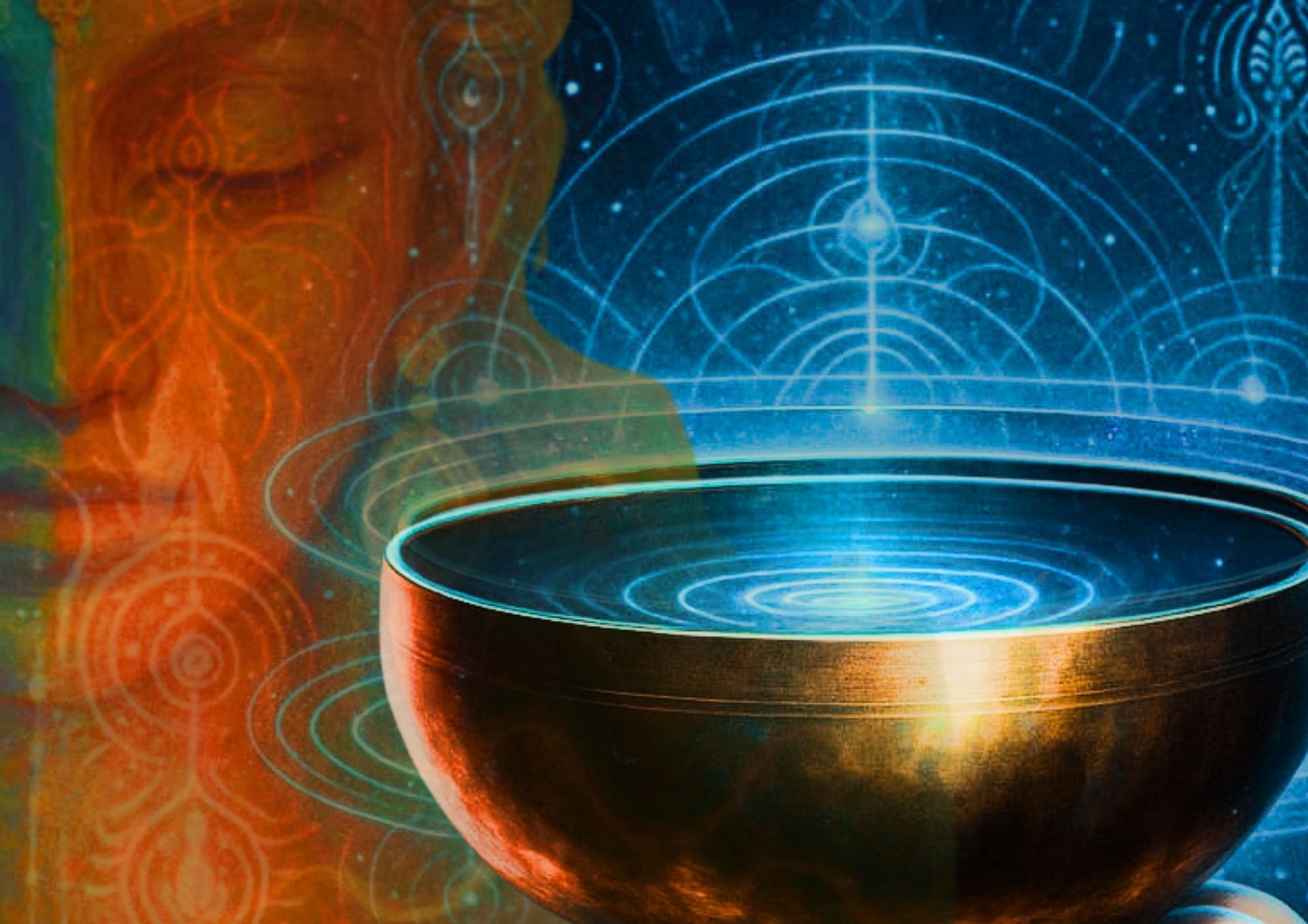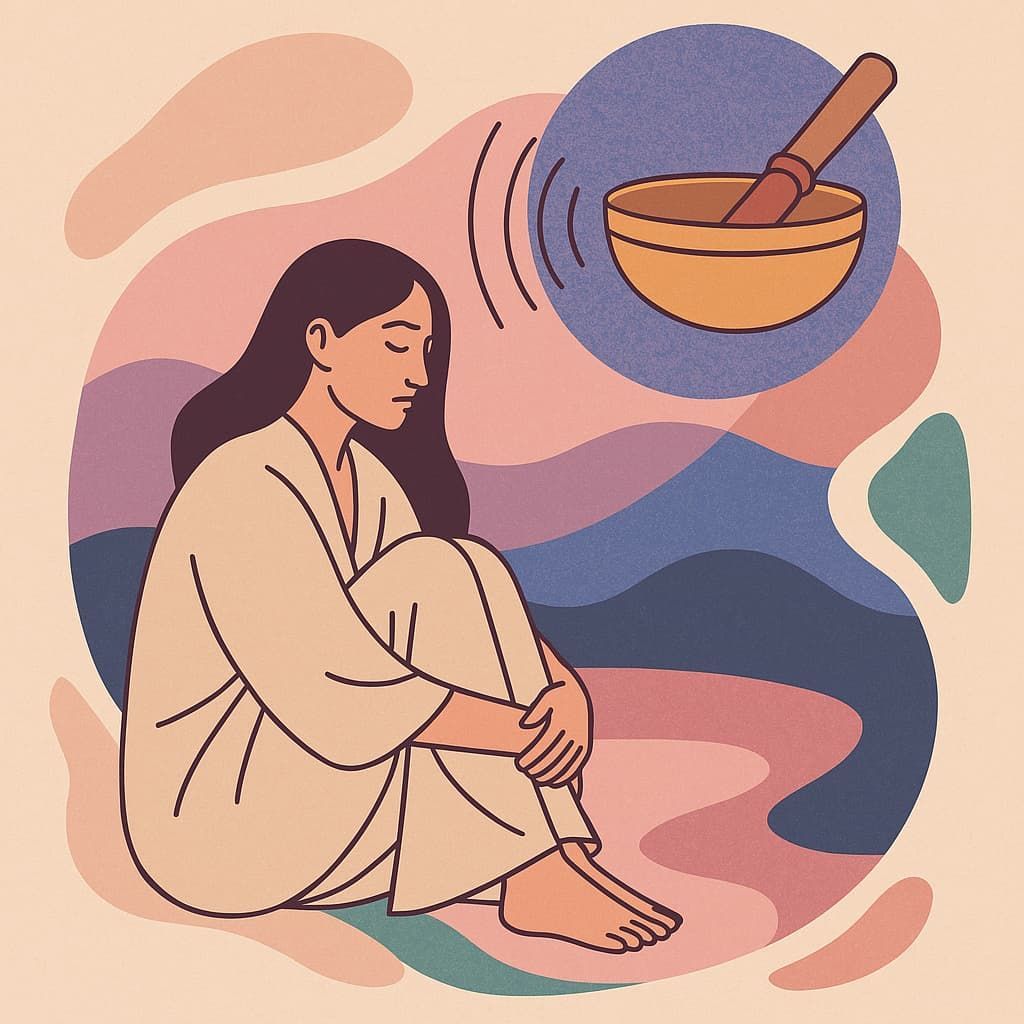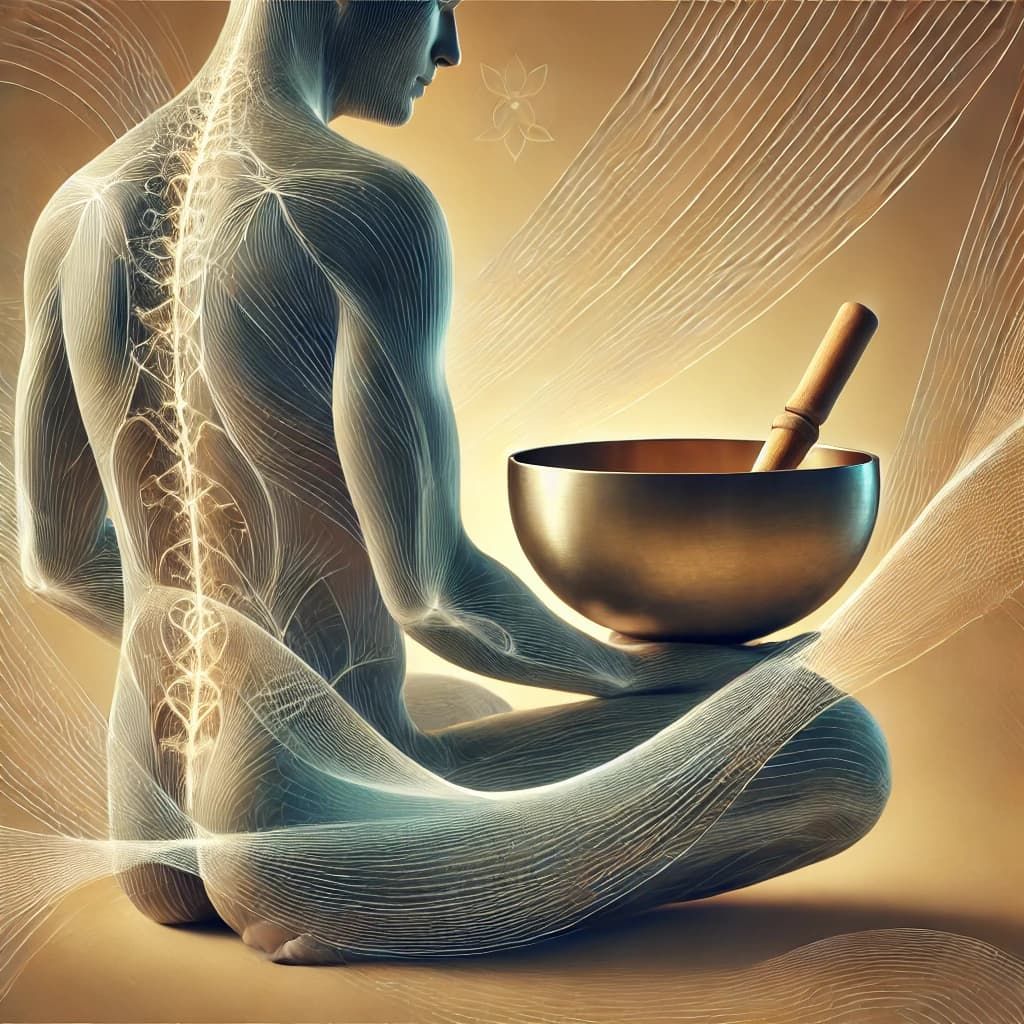From Kathmandu to Bhutan: A Journey into the Ancient Tantric Traditions
From Kathmandu to Bhutan: A Journey into the Ancient Tantric Traditions

The ancient practice of Tantra has captured the fascination of spiritual seekers for centuries. Rooted in the rich cultural heritage of Nepal, India, and Tibet, Tantra has evolved into a diverse and complex spiritual path that encompasses philosophy, rituals, and practices. In this blog, we will embark on a journey to explore the original precepts of Tantra in these three regions, delving into their historical context, philosophical underpinnings, and fascinating stories that illuminate its essence.
Origins of Tantra:
Tantra traces its origins back to ancient times, with its roots intertwined in the fabric of Indian civilisation. While the precise dates of its inception remain elusive, Tantra began to flourish between the 5th and 9th centuries CE. The earliest textual references to Tantra can be found in the ancient Hindu scriptures known as the Vedas, particularly in the Atharva Veda. These texts allude to the esoteric practices and rituals associated with Tantra.
Nepal: The Land of Tantric Traditions
Nestled in the majestic Himalayas, holds a profound connection to Tantra, making it a significant destination for seekers of spiritual wisdom and transformation. The land itself seems imbued with an ethereal energy that resonates with the tenets of Tantra. Tantra is deeply rooted in the ancient Vedic and Hindu traditions, as well as in the Buddhist practices of Tibetan Buddhism. The historical and cultural fabric of Nepal is interwoven with Tantric influences, shaping religious rituals, art, architecture, and the spiritual lives of its people. The country holds a significant place in the realm of Tantra. The Kathmandu Valley, in particular, became a thriving hub for Tantric practices. The origins of Nepalese Tantra can be traced to the Licchavi dynasty (3rd to 9th century CE) and the subsequent Malla period (12th to 18th century CE). The Charya dance rituals performed in the temples of Kathmandu, Bhaktapur, and Lalitpur stand as living examples of the Nepalese Tantric tradition.
Pashupatinath Temple, located in the capital city of Kathmandu, stands as a powerful symbol of Tantra in Nepal. Dedicated to Lord Shiva, the temple serves as a sacred space for Tantric rituals and practices. Devotees and practitioners gather here to connect with the divine energy and seek blessings for spiritual growth and liberation.
Another significant Tantric site in Nepal is the ancient city of Bhaktapur, known for its rich cultural heritage and intricate architecture. The Durbar Square of Bhaktapur showcases beautifully crafted temples and pagodas that reflect Tantric symbolism and artistic expression.
Nepal is also home to numerous Tantric lineages and schools, where dedicated practitioners preserve and transmit the ancient teachings. Tantric masters, known as gurus or lamas, guide students through rigorous practices, empower them with sacred initiations, and offer profound wisdom to deepen their understanding of Tantra.
One notable Tantric tradition in Nepal is the Newar tradition, practiced by the indigenous Newar community. The Newar people have preserved their unique Tantric rituals, dance forms (such as the Charya Nritya), and sacred ceremonies that blend Hindu and Buddhist elements.
Tantra in Nepal extends beyond religious rituals and seeps into the fabric of everyday life. From the vibrant festivals that celebrate deities and cosmic energies to the ritual practices performed in households, Tantra is an integral part of Nepali culture, fostering a harmonious relationship between the spiritual and the worldly.
India: Tantra as a Path to Liberation
India, often regarded as the birthplace of Tantra, holds a profound and ancient connection to this spiritual path. The land of India is steeped in mysticism, rich with diverse traditions, and home to numerous Tantric lineages that have flourished for centuries.
In India, Tantra is deeply intertwined with both Hinduism and Buddhism, and it encompasses a wide range of practices, rituals, and philosophical frameworks. It embraces the recognition of the divine in all aspects of existence, seeking to awaken and integrate the sacred within the mundane.
One of the key Tantric traditions in India is Shakta Tantra, which focuses on the worship of the divine feminine energy, Shakti. Devotees of Shakta Tantra engage in rituals, mantra recitation, and visualisations to awaken the latent power within themselves and connect with the cosmic Shakti.
The ancient temples of Khajuraho, Konark, and Varanasi are renowned for their intricate carvings and sculptures that depict Tantric symbolism and the union of masculine and feminine energies. These temples serve as sacred spaces for Tantric rituals and practices, allowing seekers to commune with the divine through the physical and spiritual realms.
Kerala, in southern India, has a distinct Tantric tradition known as Kerala Tantra. This lineage emphasises the worship of the goddess Bhadrakali and incorporates unique rituals, temple practices, and healing techniques. The Kaula and Kashmiri Shaivism traditions also play a significant role in Indian Tantra. These lineages emphasise non-dualistic philosophies, ecstatic practices, and the direct realisation of the divine within oneself. In contemporary India, Tantra continues to thrive, with gurus and spiritual teachers preserving and transmitting the ancient wisdom to seekers from all walks of life. Tantric ashrams, retreat centres, and festivals attract individuals seeking deeper spiritual experiences and inner transformation.
China: The Synthesis of Tantra and Taoism
China, with its rich spiritual heritage, has also been influenced by the principles and practices of Tantra, albeit in a unique way. Tantra's influence in China can be seen through the integration of Tantric Buddhism with the indigenous Taoist traditions.
During the Tang Dynasty (618-907 CE), Buddhism flourished in China, and Tantric teachings from India and Tibet found their way into the Chinese Buddhist landscape. These teachings merged with Taoist principles, resulting in a fascinating synthesis of Tantra and Taoism. This blending of traditions gave rise to what is known as "Chinese Esoteric Buddhism" or "Tangmi," which flourished during the Tang Dynasty.
In Tangmi, Tantric practices such as deity yoga, mantra recitation, and energy cultivation techniques were combined with Taoist concepts such as the cultivation of vital energy (qi), alchemical practices, and the pursuit of immortality. This amalgamation created a unique approach to spirituality that embraced both the transformative methods of Tantra and the naturalistic philosophies of Taoism.
Prominent Tantric Buddhist texts, including the Mahavairocana Sutra (Dàjíng) and the Susiddhikara Sutra (Shíjìng), became influential in Chinese Esoteric Buddhism. These texts expounded upon the esoteric rituals, visualisations, and meditative practices associated with Tantric Buddhism.
The sacred Mount Wutai in northeastern China became a significant centre for Tantric Buddhism, attracting practitioners and pilgrims alike. The mountain is believed to be the earthly abode of Manjushri, the bodhisattva of wisdom, and is home to numerous monasteries and temples that embrace the Tantric teachings.
While Tantra's influence on Chinese spirituality is primarily seen in the realm of Buddhism, it is important to note that Tantra also influenced various aspects of Chinese culture, including art, iconography, and ritual practices. Intricate Tantric mandalas, deity statues, and ritual implements found their way into Chinese Buddhist temples, enriching the visual landscape and spiritual practices. Through the integration of Tantric practices and Taoist principles, Chinese Esoteric Buddhism created a rich tapestry of rituals, visualisations, and meditative techniques. This fusion of traditions contributed to the diversity and vibrancy of China's spiritual landscape.
Tibet: The Land of Secret Mantra
Tantra spread from India to Tibet around the 7th century CE, merging with the existing Buddhist traditions and giving birth to what is known as Tibetan Buddhism or Vajrayana. The Tibetan Tantric tradition, often referred to as the "Secret Mantra" or "Esoteric Buddhism," places great emphasis on the transformative power of deity yoga, meditation, and mantra recitation. The Gyud Bum, a collection of Tantric scriptures, and the Nyingma tradition's "Nyingma Gyubum" are key repositories of Tantric wisdom in Tibet.
Mantra recitation forms a fundamental aspect of Tantric practice. Mantras are sacred sounds, words, or phrases imbued with spiritual significance and power. They are considered vehicles for accessing higher realms of consciousness and connecting with divine energies.
In Tantra, specific mantras are associated with deities or enlightened beings. Through mantra recitation, practitioners aim to invoke the qualities and blessings of these divine beings, facilitating spiritual transformation and awakening. Mantras are often chanted repetitively, either silently or audibly, with focused intention and devotion.
The recitation of mantras serves multiple purposes in Tantra. It can be a form of meditation, where the practitioner becomes absorbed in the sound and vibrational qualities of the mantra, leading to a state of deep concentration and inner calm. Mantras are also utilised to purify the mind, dissolve negative emotions, and cultivate positive qualities such as compassion, wisdom, and fearlessness.
Each Tantric tradition has its unique set of mantras, such as the Om mani padme hum mantra in Tibetan Buddhism or the bija mantras (seed syllables) associated with different deities in Hindu Tantra. The practice of mantra recitation is often accompanied by other Tantric rituals, visualisations, and breath control techniques, enhancing its potency and transformative effects.
It is crucial to approach mantra recitation with reverence and proper guidance from an experienced teacher or lineage holder. The teacher's transmission and initiation empower the practitioner to establish a deep connection with the mantra's energy and lineage, ensuring its authentic practice.
Bhutan: The Land of Tantric Buddhism
Nestled in the eastern Himalayas, the Kingdom of Bhutan is renowned for its unique blend of Tantric Buddhism and its commitment to preserving its rich cultural heritage. Tantric Buddhism, also known as Vajrayana Buddhism, has been an integral part of Bhutanese society for centuries.
The Tantric practices in Bhutan are deeply rooted in the country's religious and cultural fabric. The spiritual practices of Tantric Buddhism in Bhutan emphasise the union of wisdom and compassion, employing esoteric rituals, meditation, and mantra recitation. The Bhutanese people regard their spiritual leaders, the revered Buddhist masters known as lamas, as exemplars of Tantric wisdom and guidance.
One of the most significant Tantric sites in Bhutan is the breathtaking Tiger's Nest Monastery (Paro Taktsang). Perched precariously on a cliffside, this sacred site holds immense spiritual significance and is associated with the great tantric master, Guru Rinpoche (Padmasambhava). Pilgrims and practitioners from around the world visit this site to engage in spiritual practice and connect with the profound energy of Tantric Buddhism.
Bhutan's commitment to preserving its Tantric traditions is evident in the country's approach to education. The Central Monastic Body of Bhutan ensures that Tantric teachings and rituals are passed down through generations, fostering a deep reverence for Tantra among the Bhutanese people.
Southeast Asia: Tantric Traditions in Cambodia, Indonesia, and Thailand
Tantric traditions have also left their mark in various countries in Southeast Asia. In Cambodia, the ancient Khmer civilisation incorporated elements of Tantra into its religious and architectural practices. The iconic temple complex of Angkor Wat, dedicated to the Hindu god Vishnu, reflects the influence of Tantric symbolism and rituals.
In Indonesia, specifically on the island of Java, Tantric practices merged with indigenous spiritual traditions, resulting in what is known as Javanese Tantra. Javanese Tantra incorporates aspects of Hindu-Buddhist traditions, Islam, and indigenous beliefs, creating a unique blend of spiritual practices and rituals.
Thailand, too, has a rich history of Tantric influence. The Thai royal court embraced certain aspects of Tantric practices, particularly during the Ayutthaya period (1351-1767 CE). Tantric rituals and ceremonies were integrated into royal court ceremonies and influenced the artistic and cultural expressions of the Thai people.
While the influence of Tantra in Southeast Asia may not be as pronounced as in Nepal, India, Tibet, and Bhutan, it is worth acknowledging the presence of Tantric traditions in these regions and their impact on local spiritual practices and cultural expressions.
It is essential to recognise that Tantra's influence extends beyond geographical boundaries. As a spiritual path, Tantra has evolved and adapted in different cultural contexts, integrating with local beliefs, practices, and wisdom traditions. This adaptability has allowed Tantra to remain a living and vibrant tradition that continues to inspire seekers on their spiritual quests.
As we conclude our exploration, we are reminded that Tantra is not confined to any specific location. It is an ever-unfolding journey of self-discovery and transformation that invites individuals from all corners of the world to explore the union of the sacred and the mundane, unlocking the potential for profound wisdom, compassion, and liberation. Tantra encompasses a wide range of practices, some of which have gained notoriety due to their unconventional nature. It is important to note that Tantra is a nuanced and vast system that extends beyond its more extreme aspects. While practices vary across different Tantric traditions, it is essential to approach them with care, respect, and discernment.
References:
- "The Dawn of Tantra" by Herbert V. Guenther
- "Introduction to Tantra: The Transformation of Desire" by Lama Thubten Yeshe
- "Tantra: The Path of Ecstasy" by Georg Feuerstein
- "Tantric Yoga and the Wisdom Goddesses" by David Frawley
- "The Tibetan Book of Living and Dying" by Sogyal Rinpoche
- "The Secret Oral Teachings in Tibetan Buddhist Sects" by Alexandra David-Néel and Lama Yongden
- "The Essence of Tantric Buddhism" by Lama Yeshe
- "Tantric Visions of the Divine Feminine: The Ten Mahavidyas" by David Kinsley
- "The Tibetan Yogas of Dream and Sleep" by Tenzin Wangyal Rinpoche
- "The Dance of 17 Lives: The Incredible True Story of Tibet's 17th Karmapa" by Mick Brown
